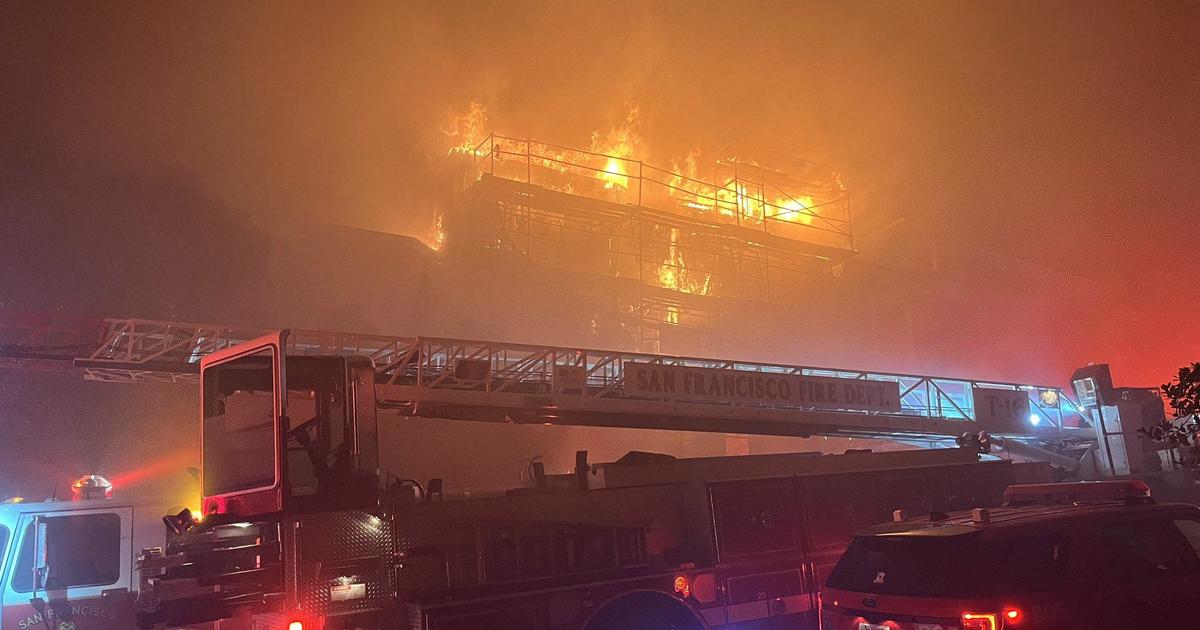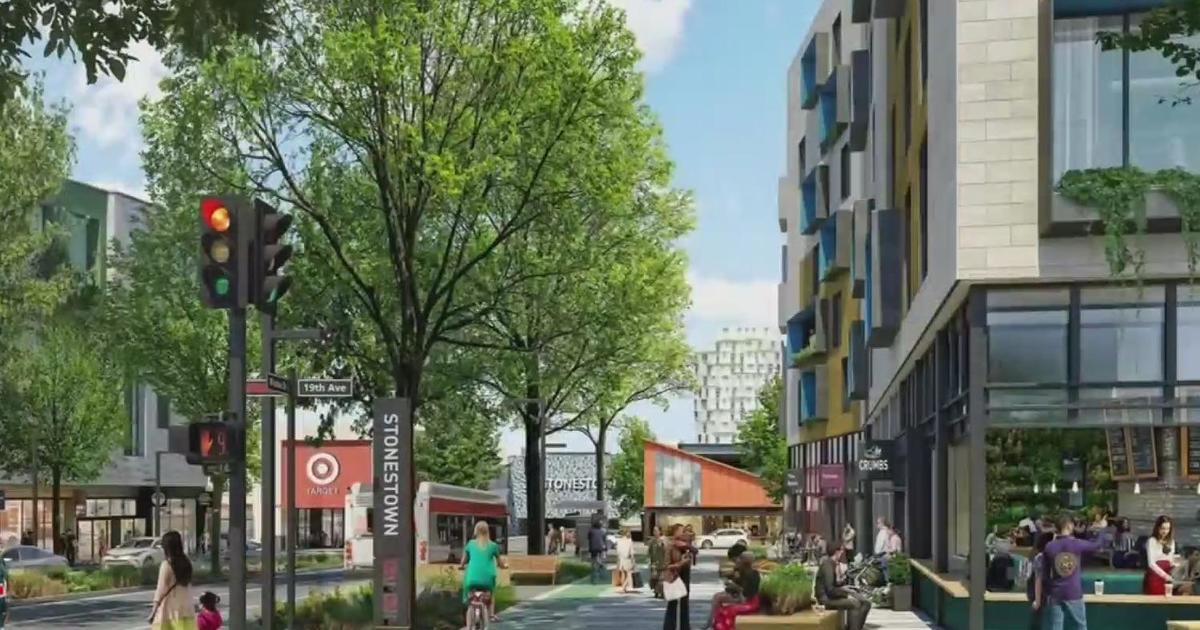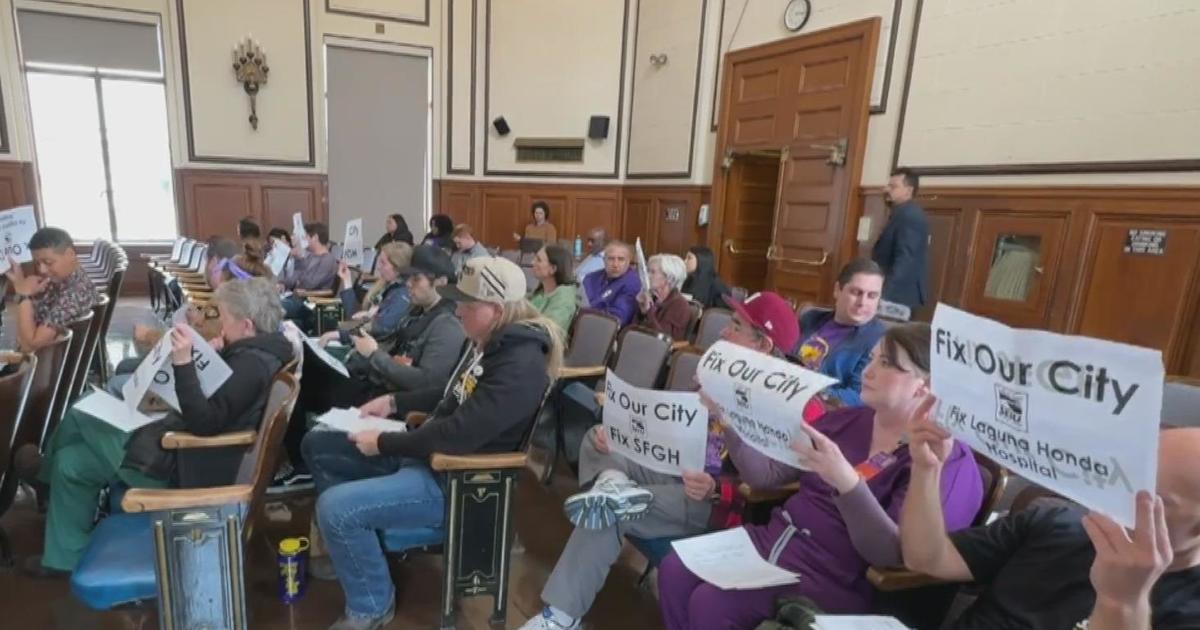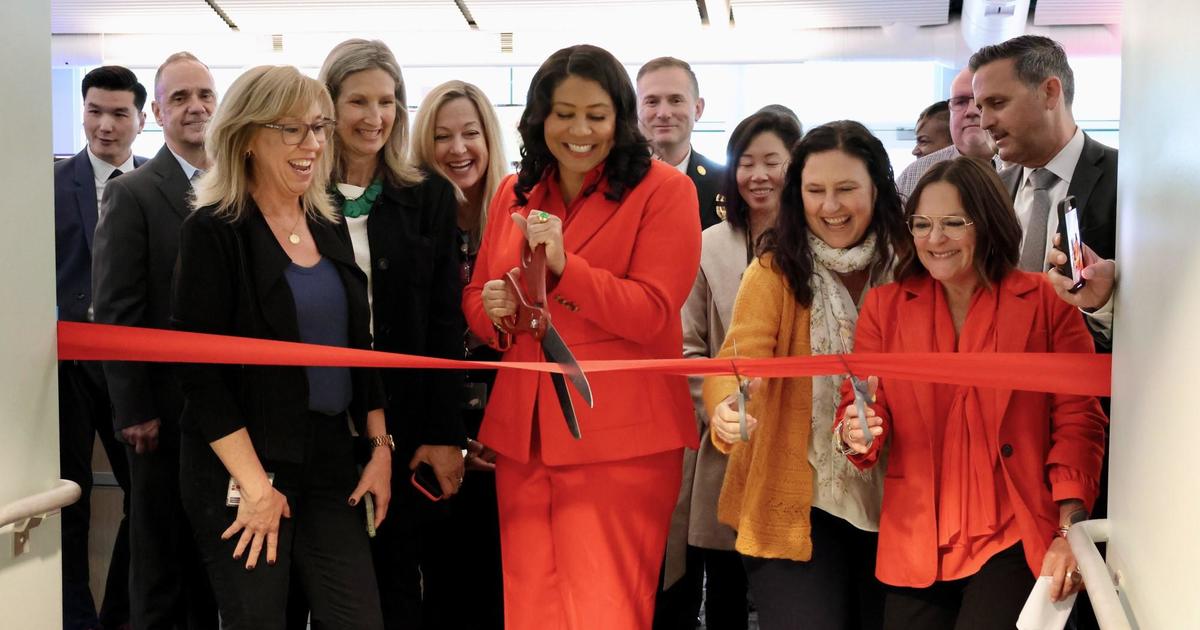Despite $241 Million Budget, SF Still Struggling With Homelessness
SAN FRANCISCO (CBS SF) -- With San Francisco spending nearly a quarter of a billion dollars on the homeless every year, many are asking how there are still thousands of people living on the street.
The size of the annual homeless budget -- $241 million per year -- also has residents wondering where that money goes and how the system might be improved.
From that $241 million dollars, $50 million funds shelters, while another $50 million funds health services for the truly homeless.
But the single most important thing to know about that $241 million figure is that most of it has absolutely nothing to do with the people we see on the streets.
"That is a great observation, I think it's missed by many in the city," said Department of Homelessness spokesman Jeff Kositsky. "We're not spending $241 million on the 7,000 people who are homeless. We're spending more than half of that money to keep people in permanent housing."
$140 million worth of the entire San Francisco homeless budget houses approximately 9,000 people. And those are 9,000 people that aren't even counted among the current homeless.
"Like all of our hotels, people that have lived in housing for ten years are in the homeless budget," said Randy Shaw of the Tenderloin Housing Clinic. "So people say, 'Well, we don't notice it.' But if we didn't do it, you'd notice it. The numbers would be off the charts."
So that leaves the 6,686 people we do count as homeless. They fall in to two separate categories: those who live in some kind of temporary shelter and those who actually live on the street.
Two perfect examples of this walked right up to KPIX 5 cameras while we were interviewing former Mayor Art Agnos.
While "Lee" might look like he lives on the street, he currently has a room. The other man, "Ron," is homeless. When Agnos asked him why he wasn't in a room, "Ron" told Agnos, "I tried for a while in North Beach."
At that point, the former mayor made Ron an offer.
"I'll take you there, said Agnos. I'll take you to the diagnostic center."
And just like that, Ron was in the car with the former mayor and off to the Mission Neighborhood Resource Center to get a shelter bed or a room some place.
Those who come to a facility like the center need be ready to play by the city's rules.
"You have to do fingerprinting and all this to get an emergency shelter bed," said Paul Boden of Western Regional Advocacy Project.
So a lot of people choose not to go into the shelters.
"Well sure, partner," said a homeless man who gave his name as Richard. "Come on, man. Have you actually been in some of these places?"
San Francisco's approach to its homeless problem is made even more complicated because of the number of agencies involved.
The city manages all of this through at least eight different city departments, issuing some 400 contracts with at least 75 private organizations.
"Clearly, we're not meeting the demands that people have on the streets," said Kositsky.
This tangled network of services has no unifying oversight by the city that hands out most of the funding.
"The one area where we have not done as good a job as we need to is coordinating all of those systems," explained Kositsky.
For example: say a homeless man with mental health issues is staying at non-profit charity, but one day, he voluntarily leaves. He lands in some trouble, and then the custody of law enforcement, who hand him off to the psych ward at the hospital, where he's ultimately discharged.
Now, each one of those three circumstances can be counted as an acceptable, by-the-book outcome, even though the man is back on the street and the city has no uniform way of tracking this person as he ricochets between service providers.
"If you're a provider, it's difficult to know what other services that person or family is receiving," said Kositsky.
Then there's another immense challenge facing San Francisco.
Even if it was possible to convince all of the people who need help to accept it, San Francisco's best services could not scale to the overwhelming demand.
"Navigation centers do a good job for those that are there, but the numbers are so small. We're talking 60 people here," said Randy Shaw of the Tenderloin Housing Clinic. "Come on, we're talking about a 6,000-person problem. Where is the supply? The actual supply of housing doesn't exist to end our homeless problem."
Former Mayor Agnos agreed that it is an imposing problem.
"As a result, people kind of get discouraged, say 'Well, it can never be solved. It's too big a problem,'" said Agnos.
So the question remains: How does San Francisco start to untangle all of this with results we can actually see?
"That's a great question," said Kositsky. "And really the only way we're going to be able to change people's perception is by making progress."



